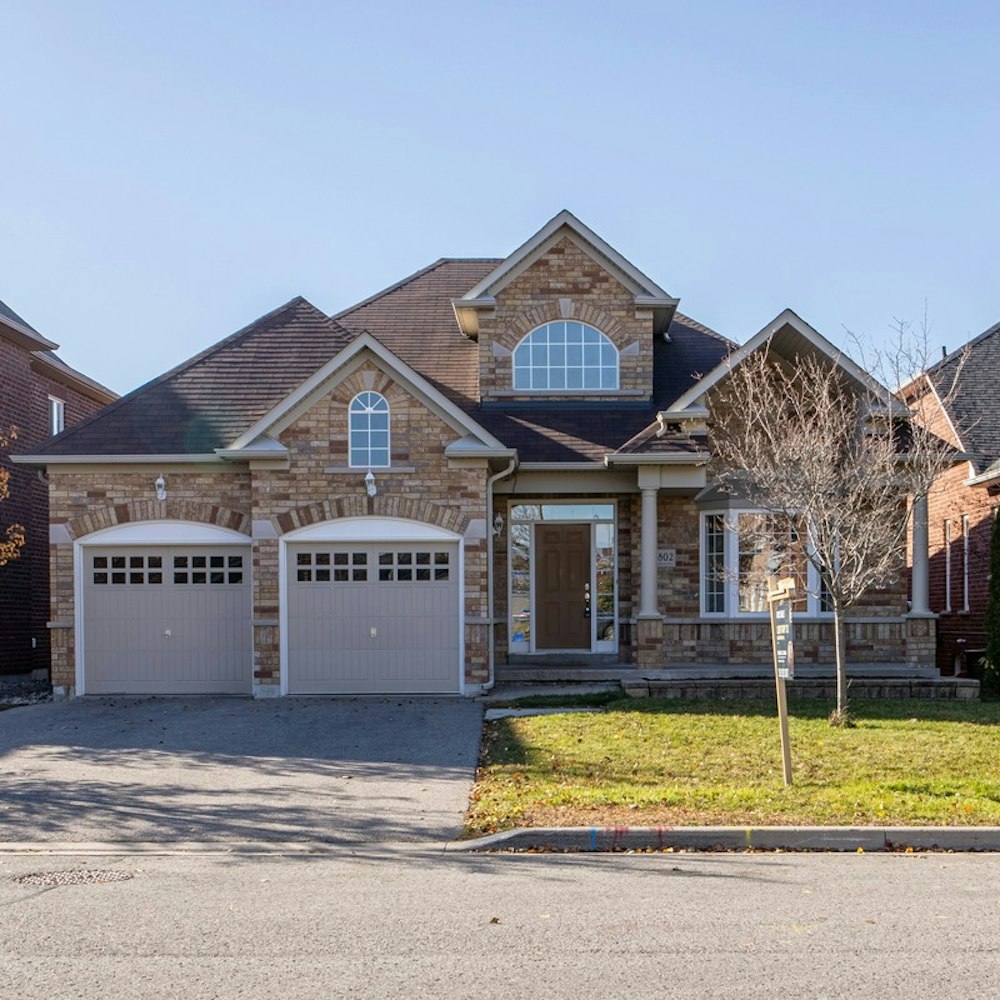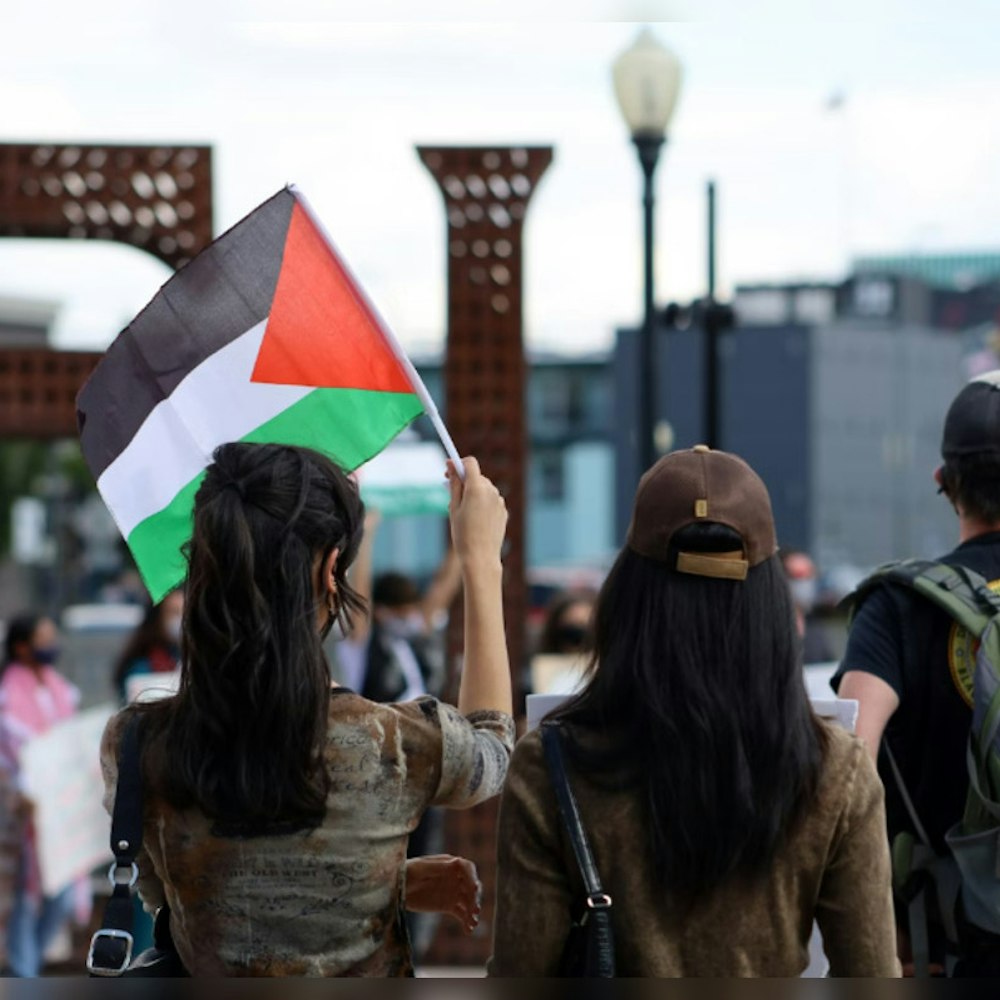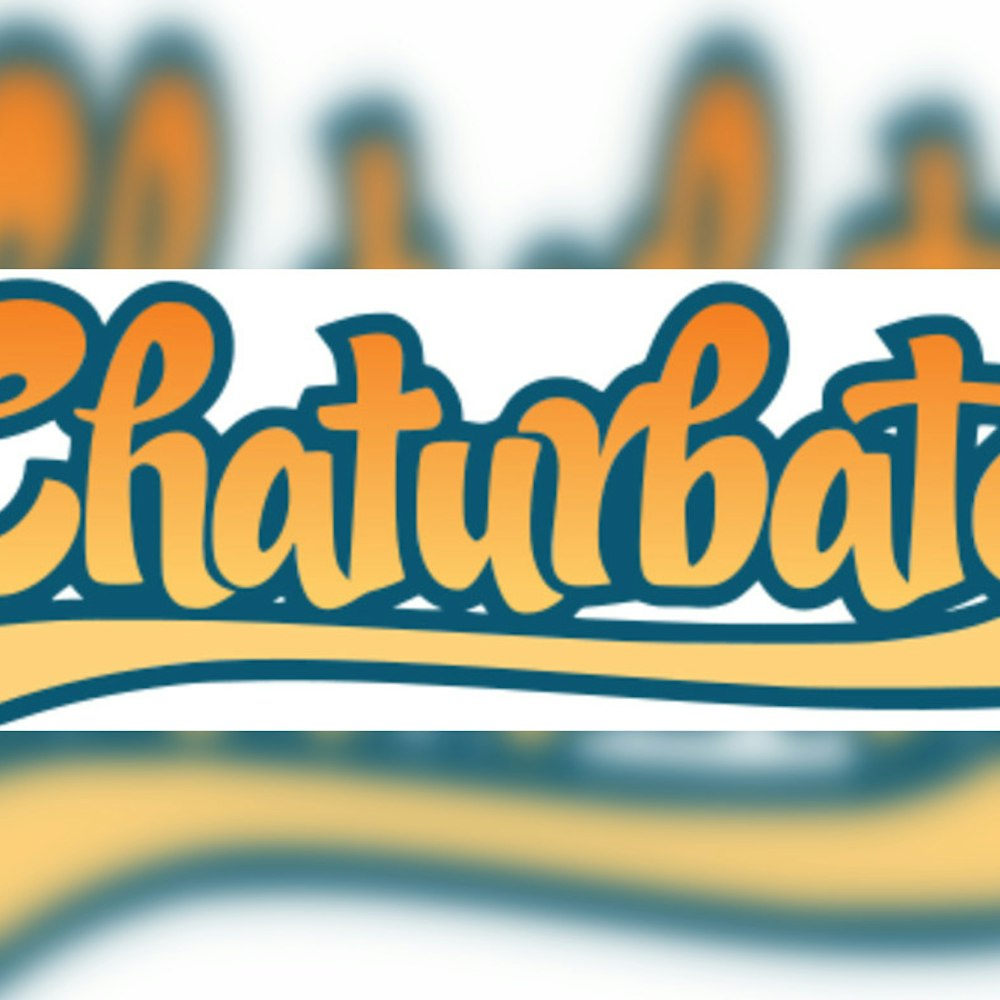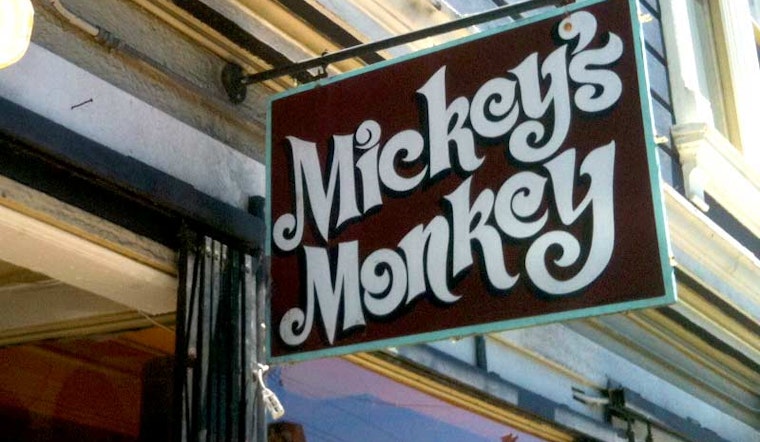
Step inside Mickey's Monkey and you're surrounded by used furniture, vintage glassware, wall art, antiques, lamps, collectibles, jewelry boxes and a lot of what owner Michael Kerry calls "kitschy, quirky things."
Merchandise here comes and goes swiftly, but look around and you may see retro toys, religious statues, a wooden contraption with a blade used for slicing cabbage, decorative nesting boxes, a beaded curtain, and a table that converts into a bed, complete with springs.
We stopped by the shop, at 218 Pierce between Haight and Page, to learn more about Mickey's Monkey.
Haighteration: Tell us about the name of the shop. Kerry: Everybody remembers the swim and the fish – dances from the '60s – but nobody remembers the song "Mickey's Monkey," so you could say I named the shop for a craze that never took off. Or you could say it's the monkey on my back. H: Actually, the monkeys seem to be on a shelf above the counter. Where did they all come from? K: I bought a few monkeys and put them up there, but people have brought most of them in over the years. H: How did you get into this business? K: I have always bought and sold furniture. I grew up in Vancouver and after college I lived overseas for about 20 years, spending time in India, Indonesia and Hong Kong. In 1990, when I moved to San Francisco, I brought ethnic items from my travels. H: Did you open a shop right away? K: No – I sold stuff at flea markets and on the street for years. I opened the shop about 15 years ago, in the tiny space next to this building. This building was a barbershop. When the barber retired, I moved the shop here. H: Tell us about your customers. K: I sell mainly to people setting up their first place – roommates and students, people looking for used furniture and knickknacks. I also sell to people looking for unusual gifts. I never would have suspected this, but everybody wants to buy a globe. H: How has the neighborhood changed over the past 15 years? K: It was rougher at first. I got here at the beginning of gentrification. There were more dope fiends, gangsters and homeless people. The punks, the Goths and the hippies have all left the neighborhood and now my customers are more upscale, more educated, than they used to be. H: Has your merchandise also changed over the years? K: I've upgraded to better stuff, but nothing here is very expensive. Most of the gift items sell for $15 to $50, and $300 is usually the top price for furniture. H: Where do you get your merchandise? K: I used to go to garage sales and flea markets, but now I spend most of the week going to estate sales everywhere from Burlingame to San Jose to the Berkeley Hills. This is not a business for the faint of heart -- estate sales are really competitive. You have to make buying decisions in the heat of the moment. H: What response do you get from customers who stop in for the first time? K: People come in, see something, and say, "Oh, my grandma had one of those." Or "My mom has that." Most people aren't concerned about what era something came from. If they see something they like, they buy it. H: Is that a metal bedpan on that shelf? K: Yes. You can put a plant in it. H: Is your apartment full of cool stuff too? K: It is, mostly stuff from the '60s and '70s. H: Over the years, what has surprised you most about being in this business? K: I never thought that everyone would call me Mickey.
Thanks to Mickey -- err, Michael -- for chatting with us! And in case you're curious about the song and dance that inspired the shop's name, here's a rendition by Smokey Robinson circa 1964:
Haighteration: Tell us about the name of the shop. Kerry: Everybody remembers the swim and the fish – dances from the '60s – but nobody remembers the song "Mickey's Monkey," so you could say I named the shop for a craze that never took off. Or you could say it's the monkey on my back. H: Actually, the monkeys seem to be on a shelf above the counter. Where did they all come from? K: I bought a few monkeys and put them up there, but people have brought most of them in over the years. H: How did you get into this business? K: I have always bought and sold furniture. I grew up in Vancouver and after college I lived overseas for about 20 years, spending time in India, Indonesia and Hong Kong. In 1990, when I moved to San Francisco, I brought ethnic items from my travels. H: Did you open a shop right away? K: No – I sold stuff at flea markets and on the street for years. I opened the shop about 15 years ago, in the tiny space next to this building. This building was a barbershop. When the barber retired, I moved the shop here. H: Tell us about your customers. K: I sell mainly to people setting up their first place – roommates and students, people looking for used furniture and knickknacks. I also sell to people looking for unusual gifts. I never would have suspected this, but everybody wants to buy a globe. H: How has the neighborhood changed over the past 15 years? K: It was rougher at first. I got here at the beginning of gentrification. There were more dope fiends, gangsters and homeless people. The punks, the Goths and the hippies have all left the neighborhood and now my customers are more upscale, more educated, than they used to be. H: Has your merchandise also changed over the years? K: I've upgraded to better stuff, but nothing here is very expensive. Most of the gift items sell for $15 to $50, and $300 is usually the top price for furniture. H: Where do you get your merchandise? K: I used to go to garage sales and flea markets, but now I spend most of the week going to estate sales everywhere from Burlingame to San Jose to the Berkeley Hills. This is not a business for the faint of heart -- estate sales are really competitive. You have to make buying decisions in the heat of the moment. H: What response do you get from customers who stop in for the first time? K: People come in, see something, and say, "Oh, my grandma had one of those." Or "My mom has that." Most people aren't concerned about what era something came from. If they see something they like, they buy it. H: Is that a metal bedpan on that shelf? K: Yes. You can put a plant in it. H: Is your apartment full of cool stuff too? K: It is, mostly stuff from the '60s and '70s. H: Over the years, what has surprised you most about being in this business? K: I never thought that everyone would call me Mickey.
Thanks to Mickey -- err, Michael -- for chatting with us! And in case you're curious about the song and dance that inspired the shop's name, here's a rendition by Smokey Robinson circa 1964:



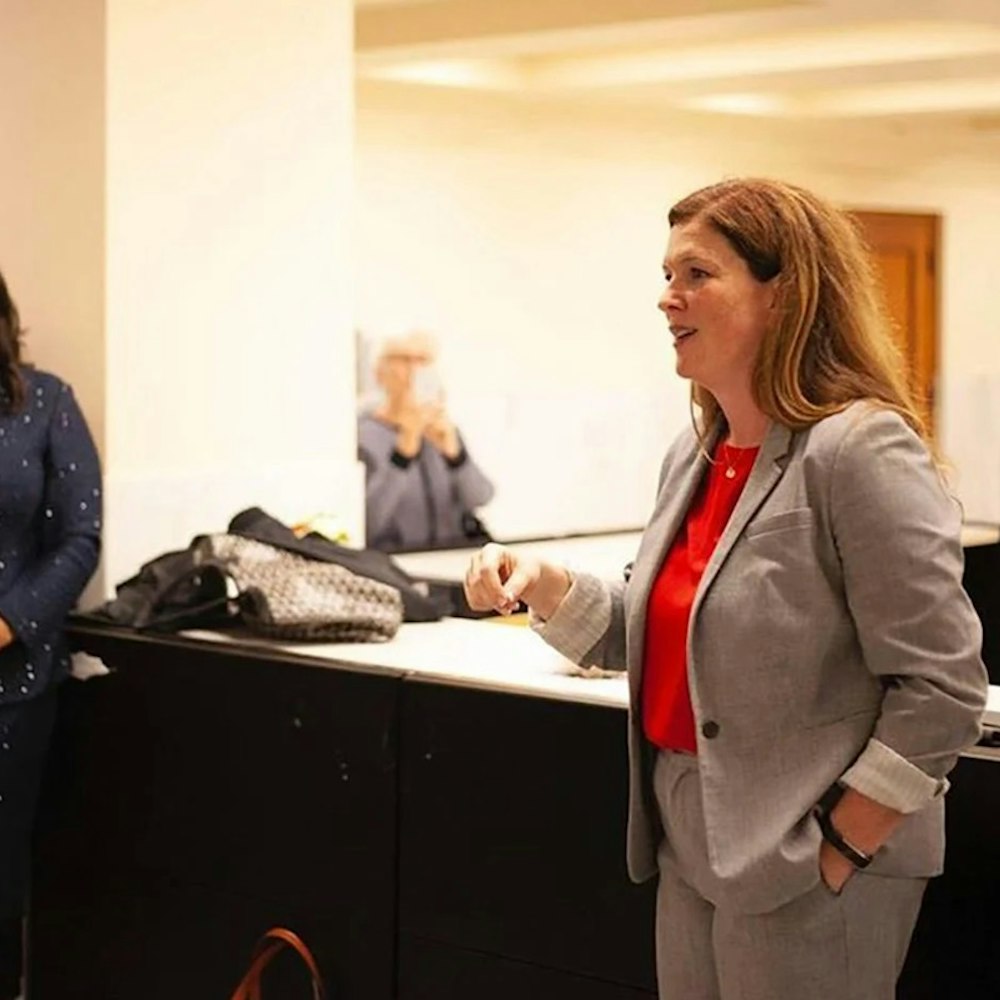
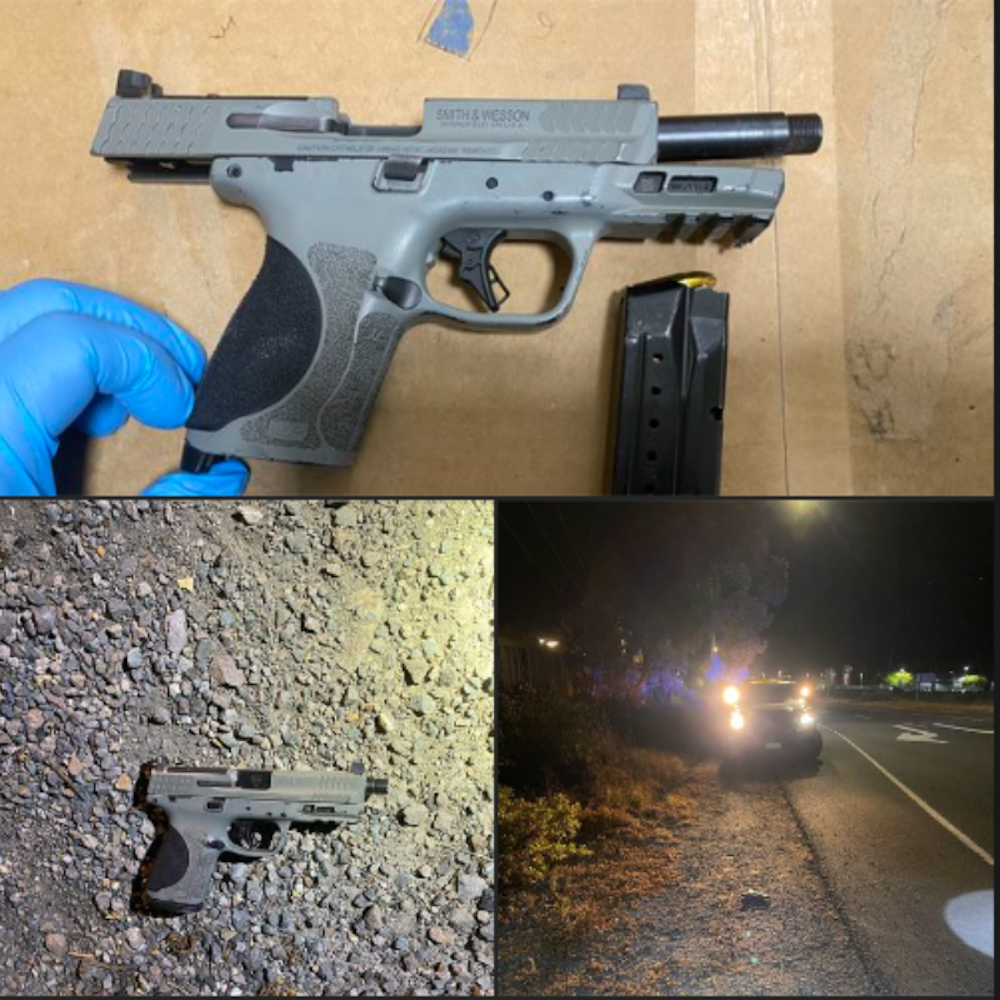
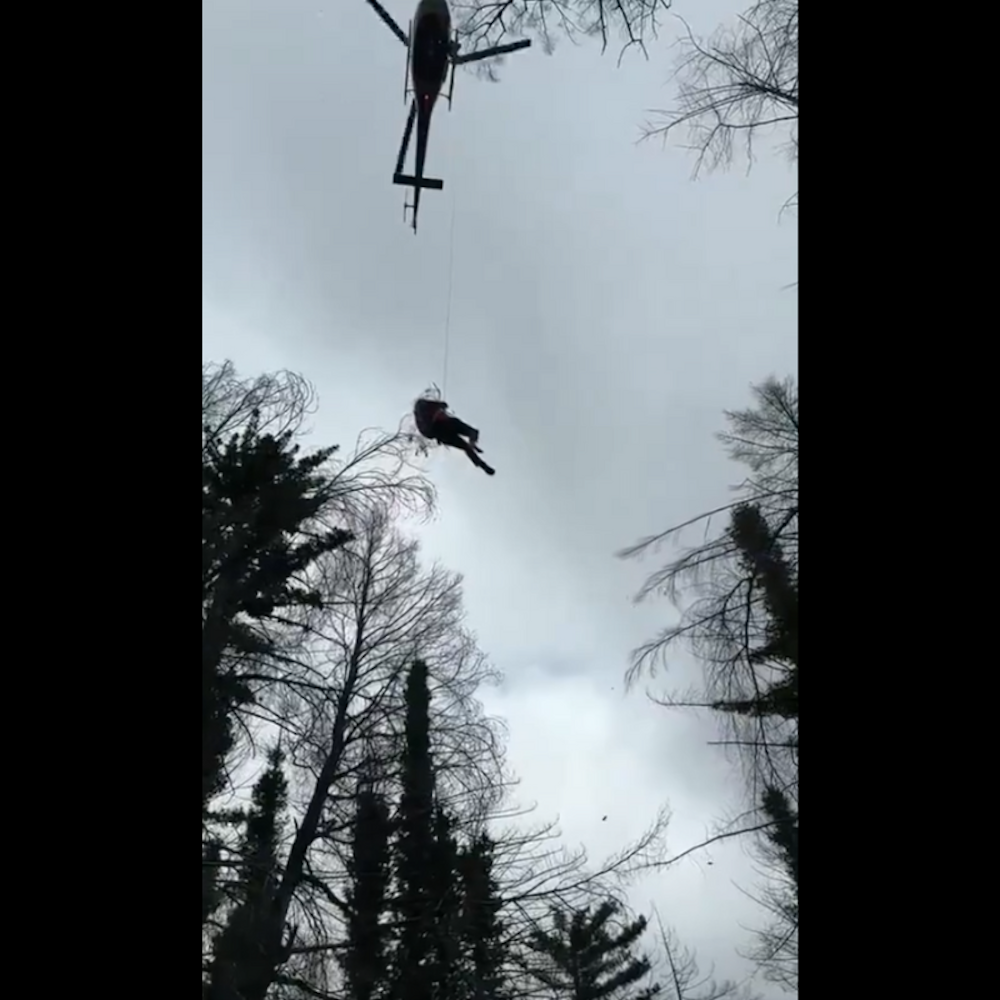
-1.webp?w=1000&h=1000&fit=crop&crop:edges)
-2.webp?w=1000&h=1000&fit=crop&crop:edges)
